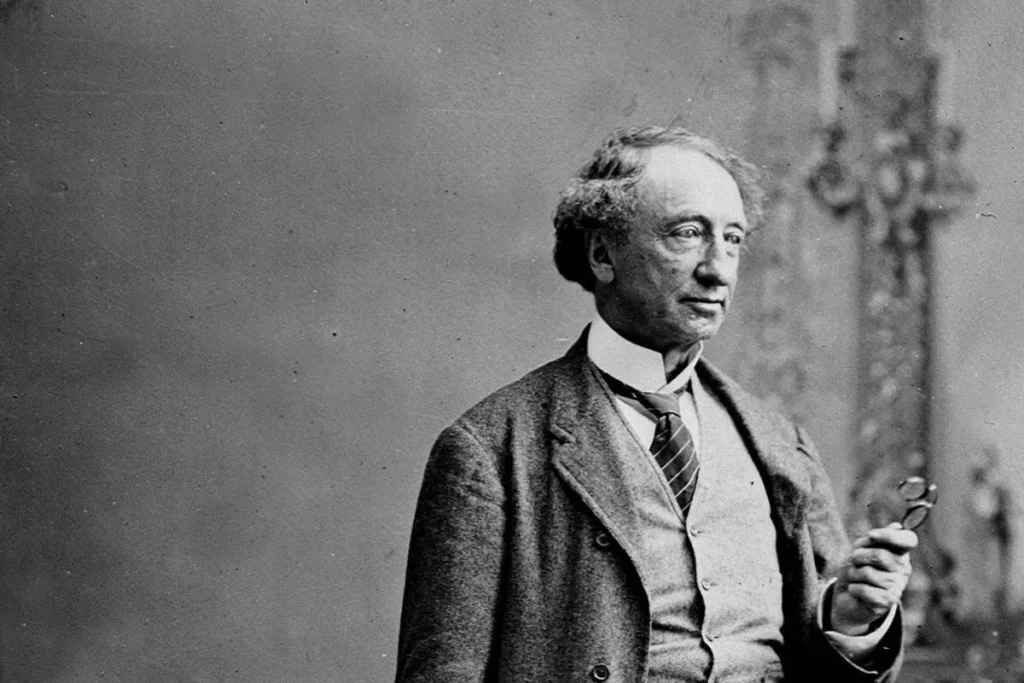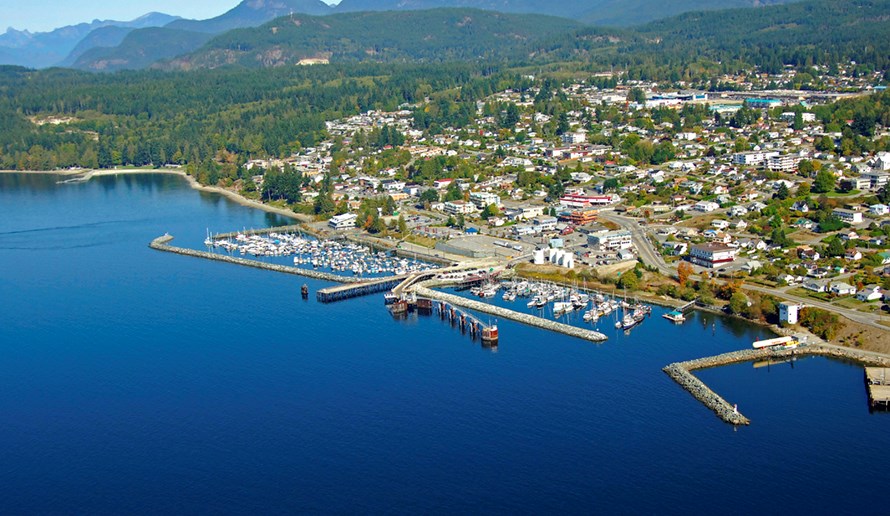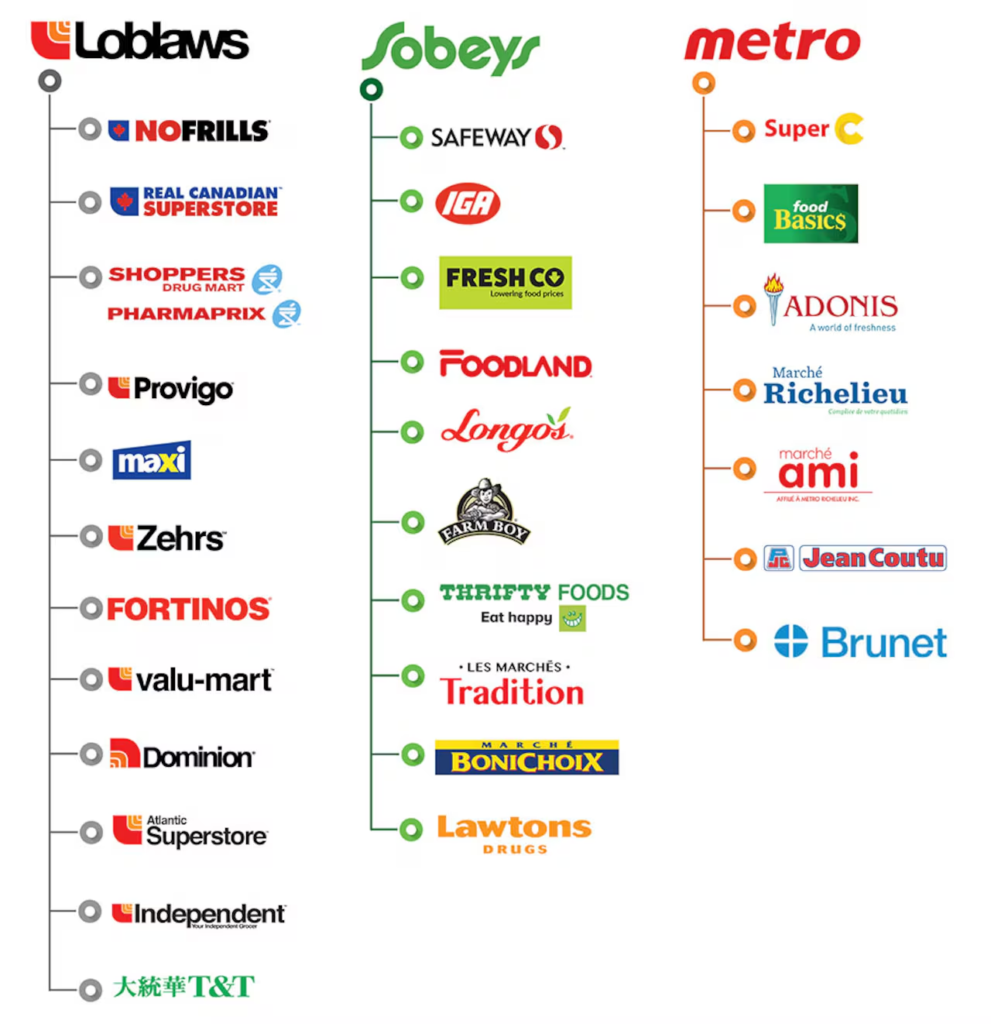It has been said that there are three things that matter in history: numbers, numbers, and numbers. This also applies to immigration policy.
Canada’s immigration policy has historically been geared towards addressing specific needs, such as the settling of the prairies by Eastern European immigrants in the late 19th and early 20th centuries. Immigration has also been a story of stops and starts, with lengthy pauses during the Great Depression and the World Wars allowing for the assimilation of previous waves of arrivals.
Since the 1980s, a succession of governments, both Liberal and Conservative, have changed course, allowing uninterrupted high annual immigration. The rate has continually increased. In 1986, less than 100,000 newcomers came every year. Under Brian Mulroney, this number skyrocketed to 256,000. While Stephen Harper distracted his base with a manufactured controversy over the wearing of niqabs in citizenship ceremonies, his government allowed annual immigration to increase to 260,000 in 2014.
An ever-expanding immigration rate, without pauses for assimilation, was bound to produce a backlash at some point. Prime Minister Trudeau has unintentionally sped that process up dramatically, increasing annual immigration to 300,000 in 2017, 465,000 in 2023, and 500,000 starting in 2025. Taking into account temporary foreign workers and international students, well over a million people are entering the country every year.
The Trudeau government is influenced by the Century Initiative, a lobby group with connections to big business and banks, which calls for Canada to increase its population to 100 million by 2100. When his immigration policy is criticized, Justin Trudeau leverages political correctness norms by accusing critics of racism.
While the good-natured Canadian public has tolerated unsustainable levels of immigration for decades, the idea of allowing in half a million newcomers every year appears to have been the straw that broke the camel’s back.
In a recent Abacus Data survey, 61% of respondents said the 500,000 per year immigration target is too high (even a majority of immigrants thought so). 63% of respondents thought immigration is having a negative impact on housing, while 49% said that it is negatively impacting healthcare and fuelling congestion.
Mainstream columnists are increasingly echoing these concerns. In the last week alone, the National Post has published two such pieces (“Randall Denley: Ontario can’t handle Trudeau’s immigration influx” and “Sabrina Maddeaux: Housing and health crises eroding Canada’s pro-immigration consensus”).
Canada is no longer a frontier, where new arrivals could easily pre-empt land and set up homesteads. We are a settled society, whose systems and infrastructure cannot accommodate the equivalent of the population of Calgary arriving every year. The strain on healthcare, soaring house prices, congestion, and overcrowding have become intolerable.
The beginning of the breakdown of the immigration taboo is a welcome development. No country has a moral obligation to permit any amount of immigration. While Canada has successfully assimilated limited numbers of settlers and immigrants over the course of its history, the current ever-expanding wave is not in the interest of either native-born or foreign-born Canadians.
Editor’s note: This article was originally published in the Islands Marketplace magazine (islandsmarketplace.com/issue.pdf) in my bi-monthly column, Counter Current.
All content on this website is copyrighted, and cannot be republished or reproduced without permission.
Share this article!




The truth does not fear investigation.
You can help support Dominion Review!
Dominion Review is entirely funded by readers. I am proud to publish hard-hitting columns and in-depth journalism with no paywall, no government grants, and no deference to political correctness and prevailing orthodoxies. If you appreciate this publication and want to help it grow and provide novel and dissenting perspectives to more Canadians, consider subscribing on Patreon for $5/month.
- Riley Donovan, editor